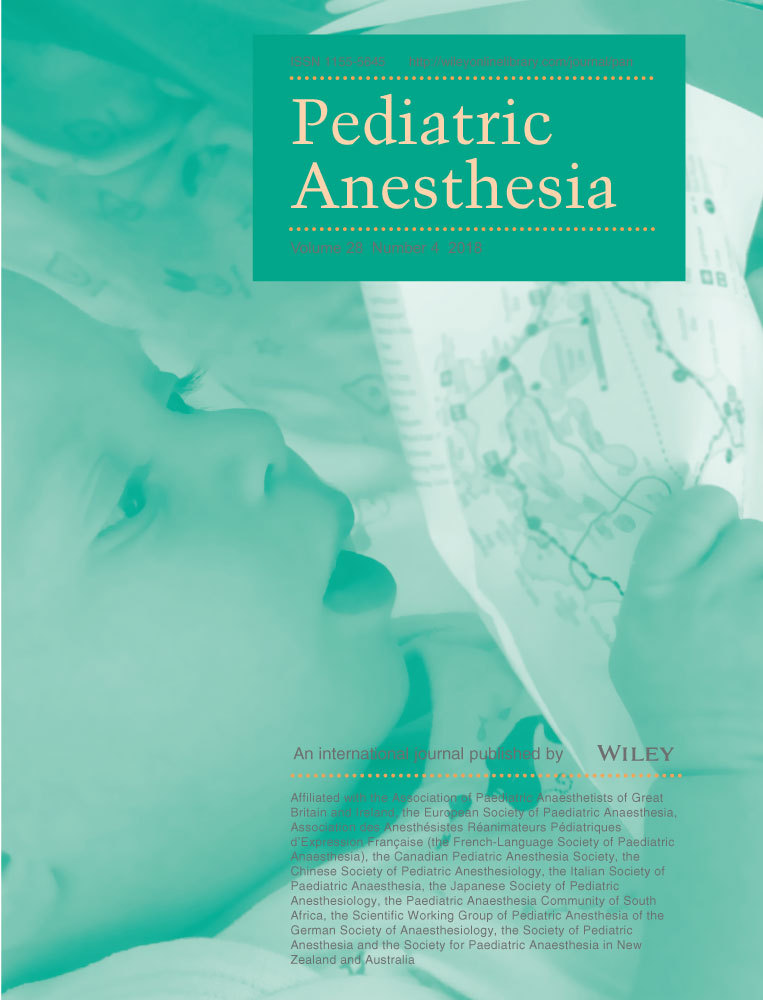Understanding cardiac shunts
Summary
Most patients with congenital heart disease have a cardiac shunt whose direction and magnitude can have a major impact on cardiorespiratory physiology and function. The dynamics of the shunt can be significantly altered by anesthetic management and must be understood in order to provide optimal anesthetic care. Given that there are now more adults than children with congenital heart disease and that the majority of nonpediatric patients are cared for in centers without special expertise in congenital heart disease, it is imperative that all anesthesia providers have a general understanding of the subject. This educational review describes a technique to explain this complex subject using simple pictorial diagrams.




